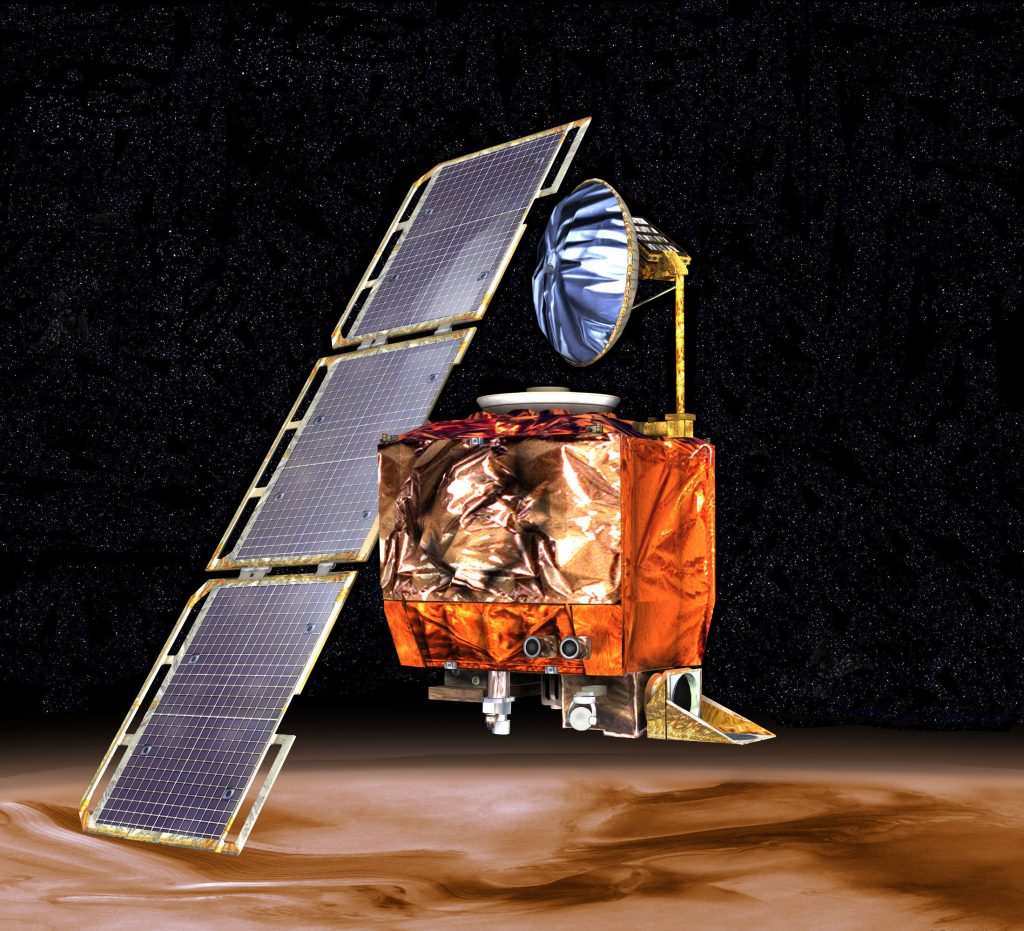Minor Mistakes, Costly Consequences

The Launch: It was 6:45PM on December 11, 1998. After years of engineering effort and toil, the Mars Climate Orbiter was being launched. This space vehicle was designed to study Mars from orbit and serve as a communications relay for space probes. The goal was to determine the distribution of water on Mars and monitor the Red Planet’s daily weather and atmospheric conditions. The team celebrated as the Mars Climate Orbiter started its first step in the over nine month journey to Mars.
The End: Fast forward 286 days to September 23, 1999. The orbiter had successfully navigated 140 million miles (225 million kilometers) to Mars with only some minor corrections required on the way. This was the day the Mars Climate Orbiter would enter into the orbit of Mars. The key to success was to keep the spacecraft higher than 80 km above the surface. Go any lower and the fragile spacecraft would shatter into Mars’ atmosphere. The first sign of trouble occurred during the insertion burn into orbit. The engineers were expecting a communication loss, however, the loss of signal occurred 49 seconds earlier than expected. Instead of regaining signal twenty minutes later, it never returned.
What Happened: The celebration was replaced with an investigation. What happened? It turns out that the orbiter went past the 80km safety zone and was within just 60km smashing into the atmosphere. After traversing space for over 225 million kilometers, how were they 40 km farther than they thought?
The Answer: American standard versus metric. Yes, one part of the software in the orbiter’s thruster calculated pounds of force and the second piece of code that read the data assumed the metric unit – Newtons per square meter. Although this resulted in a factor of four times, it was a relatively small difference in fuel. Several engineers commented during the route when they had to make minor corrections, but no one made the connection along the way.
Costly: This was a $327 million mistake – $193 million on spacecraft development, $92 million on the launch, and $42 million for mission operations. Wow!
Employee Mistakes: Hopefully, mistakes at your workplace don’t cost your company that much, but statistics show that many of the cybersecurity breaches are caused by employees making mistakes. These are instances where the breach could have been avoided if not for the employee making a mistake.
No Public WiFis: One of the biggest mistakes that people make is to trust public wifi hotspots. That’s right, do not trust any public hotspot. Public hotspots are hotbeds of cybercrime.
Proper Use Required: Another mistake of employees is “inappropriate use of IT resources.” Examples of this are: non-work related web surfing, peer-to-peer file sharing, unlicensed software, pirated music or videos, and non-approved remote access programs. Remember, on the internet, if something is free, then you are the product. These sites and applications are riddled with malware and allow hackers a foothold into your organization.
Social Engineering: Another employee mistake in the cyber arena is falling for social engineering. Hackers use human emotions to manipulate people into downloading their malware or buying gift cards or wiring money. Either out of fear or a sense of helping someone, we get tricked into doing something that harms us.
It’s Avoidable: Just like metric conversion in the Mars Climate Orbiter, these mistakes can be avoided. Education and training are key. Your staff should be able to identify a phishing attempt or know enough to avoid public wifis. Cybersecurity training should not be a once a year requirement. Employees should get periodic cyber training and phishing scenarios. Breaches are costly and as the old saying goes, “An ounce of prevention is worth a pound of cure.”
Avoid the Pain, Train: Whether you are orbiting Mars or providing services to valuable clients, it is always prudent to check your math and your cybersecurity. Train to avoid the pain.
